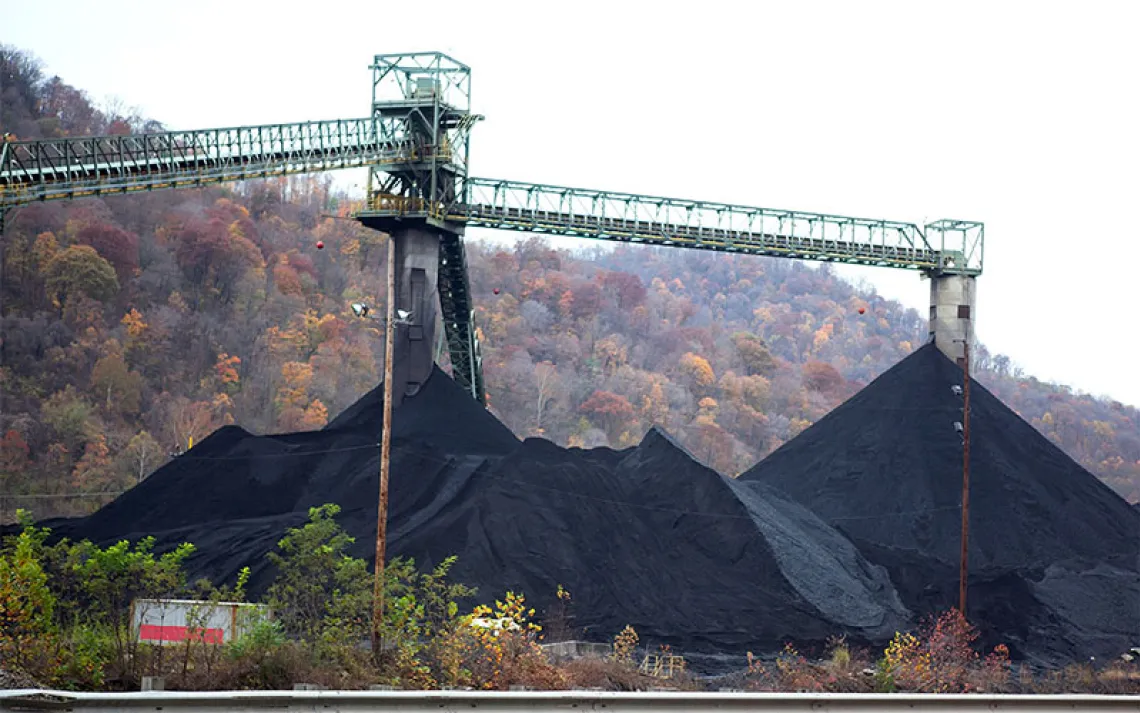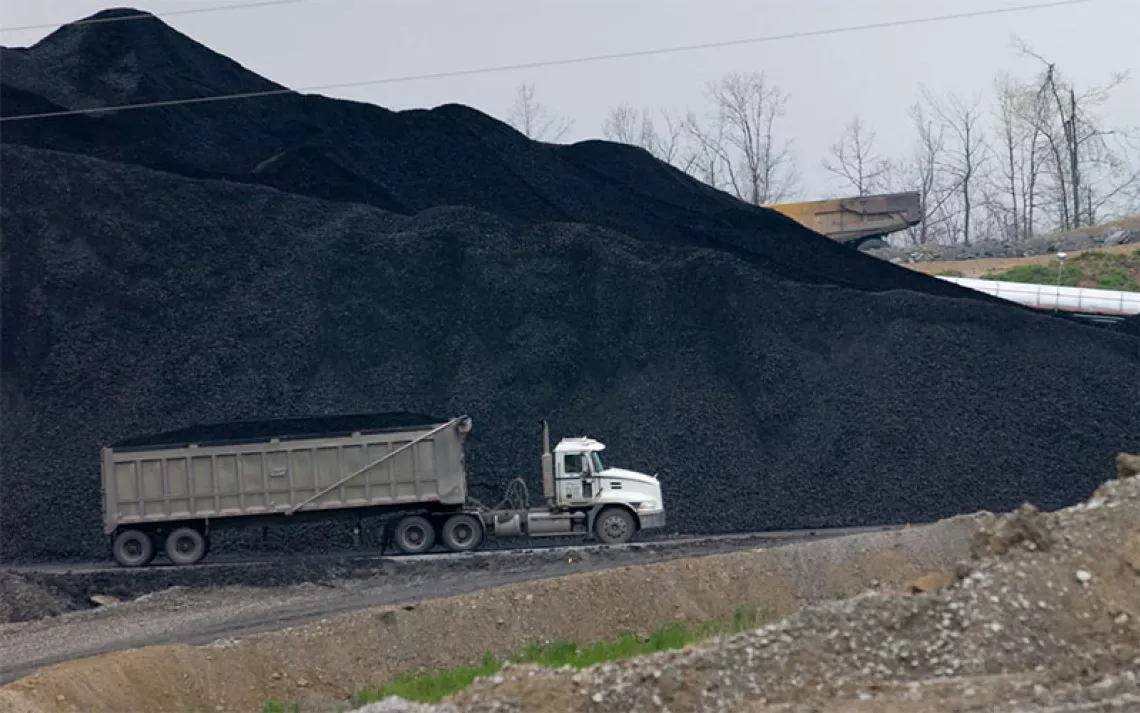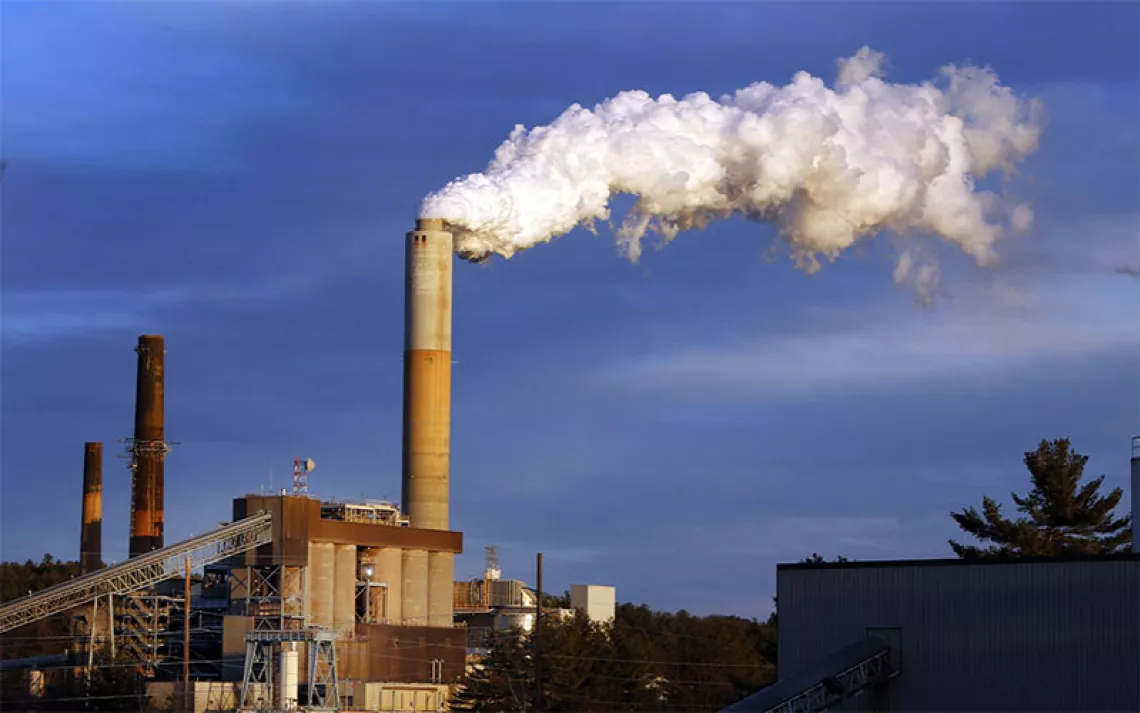The Lone Star State Ditches the Big Brown Coal Plant
It was one of the largest sources of sulfur dioxide pollution in the country

Big Brown power plant near Fairfield, Texas | Photo by David J. Phillip/AP Photo
For decades, the Big Brown Power Plant was one of the largest sources of sulfur dioxide pollution in the United States and one of the nation's top five mercury emitters. Not anymore. The Sierra Club Dallas Group and the Club's Beyond Coal campaign rejoiced along with other environmental organizations when the east Texas coal-fired power plant officially closed in February.
Studies by the Clean Air Task Force showed that Big Brown alone caused approximately 55 deaths, 1,000 asthma attacks, and 82 heart attacks in 2012. Its retirement will save $1.6 billion annually in public health costs, according to a study by the University of Texas Southwestern Medical Center. "Young people in Dallas have never breathed legally clean air. It took us 25 years to get this win," Cherelle Blazer, a representative with the Beyond Coal campaign, said. Blazer herself got involved after her husband suffered an asthma attack and went into a coma, followed by her going into premature labor.
Big Brown is the third Texas coal plant to retire in 2018. Despite President Trump's promise to keep the coal industry in business, one coal plant has closed every 19 days since he took office. "Who would've thought that, under Trump, this would happen?" Blazer said. "We can still fight under this administration."
This article appeared in the July/August 2018 edition with the headline "Texas Coal Plant Bites the Dust."
 The Magazine of The Sierra Club
The Magazine of The Sierra Club



